Love Affair with Flowering Cacti
©Bert Gildart: Naturalists advised me this yesterday that the profusion of flowers for which Anaza Borrego Desert State Park has become so famous will not materialize this spring.
“Not enough rain,” they say, adding: “We need it in the fall and we didn’t get it.”
Still, as I wander around I find that the cacti are producing flowers that contain some of the most vivid colors I have ever seen. Of course, after 100 million years of working things out as a New World species that’s what they should be doing.
Once again we’re here to see this display, for observing this awakening has not only become an obsession but an enduring love affair. And now you must forgive me for below I have attempted to describe some of the precise botanical features that make up each flower. I have done so because cactus produce flowers that are large enough to see these features!
Brilliance, of course, is the essential feature of plants that enable them to propagate, for it is this exhibit of rakish colors that attracts insects. In turn, insects transport pollen from the “anther” (pollen bearing portion) to the “stigma” of the flower’s ovary. Generally cactus flowers are perfect for attracting insects, for they are large and striking. Size makes them easier to study for – relatively speaking — all the floral structures in cacti are immense.
Look at the images included here (most notably the Ganders Cholla, above) and you’ll see that cactus flowers have many greenish sepals that surround numerous yellow petals. Look some more and you’ll see that adjacent to the petals there are numerous stamens, the pollen-bearing portions of the flowers. These are shown in the column immediately below.
L to R: Extreme close up (about half life size) of the multi-branched pistil of the Gander’s cholla; barrel cactus, the largest of which is about
five-feet high; close up of pistil (center portion) from another cholla surrounded by dozens of stamen.
CLICK TO ENLARGE ANY OF THE POSTED IMAGES
Now really focus your attention (again, in the column just above) to the center of the flower and you’ll see that there are several stigmas placed atop the stalk-like “style.” These features are all parts of the ovary, the female part of the flower. That said, about the only floral feature you cannot see in any of the images is the precise structure that joins with the stigma and the style — and that is called the ovary. In other words from the top down you have the stigma, style –and ovary, the latter of which is covered up with the flower’s myriad pollen-bearing structures – called the stamen.
In cacti, stamen (the male portion) number in the dozens and each consists of two parts. On the very top is the actual pollen-bearing structure called the anther and it is attached to the flower by the tiny stalk-like structure called the filament. You can see all of these structures in the included images. I’ve mentioned these features because with many flowers the structures are diminished but not so with cactus. In fact if you look hard you can actually make out some of the tiny pollen grains, located atop each of the “anthers.”
L to R: Ganders Cholla; barrel cactus; Wolf’s Cholla.
I’m much intrigued by such botanical manifestations because the complexities add to aesthetics of these plants which can be so standoffish. These plants have adapted to one of the world’s most hostile environments and have done so in part by doing what all other plants do, but which cacti do even better. They survive desiccating winds, prolonged periods of drought, and long days of intense sun. To do so, leaves have become spines – but they do more. Near each spine is a tiny structure known as the glochid, the point from which each flower begins to develop, ultimately producing all these vivid colors. It’s something that happens every year, and you can see them, too, in the pads of the red flower on the right and just above. Actually, these green pads are analogous to stems, from which they evolved long ago.
It must be obvious that I love photographing these desert flowers, and each image here was carefully composed from a tripod, and each is shown full frame with very little post processing. Because color is most pleasing when harsh shadows are reduced I use two methods to achieve that result. Sometimes I cast a body shadow over the subject, but other times I use electronic flash units. As well I use a 105mm Nikon lens that has excellent macro capabilities.
Experience can be critical and I’ve worked out these techniques over the course of decades, meaning this is truly a labor of love.
————————————————-
THIS TIME LAST YEAR:
————————————————
BOOKS FOR SALE:
4th ed. Autographed by the Authors
Hiking Shenandoah National Park
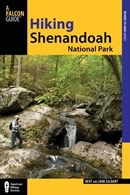 Hiking Shenandoah National Park is the 4th edition of a favorite guide book, created by Bert & Janie, a professional husband-wife journalism team. Lots of updates including more waterfall trails, updated descriptions of confusing trail junctions, and new color photographs. New text describes more of the park’s compelling natural history. Often the descriptions are personal as the Gildarts have hiked virtually every single park trail, sometimes repeatedly.
Hiking Shenandoah National Park is the 4th edition of a favorite guide book, created by Bert & Janie, a professional husband-wife journalism team. Lots of updates including more waterfall trails, updated descriptions of confusing trail junctions, and new color photographs. New text describes more of the park’s compelling natural history. Often the descriptions are personal as the Gildarts have hiked virtually every single park trail, sometimes repeatedly.
Big Sky Country is beautiful
Montana Icons: 50 Classic Symbols of the Treasure State
![]() Montana Icons is a book for lovers of the western vista. Features photographs of fifty famous landmarks from what many call the “Last Best Place.” The book will make you feel homesick for Montana even if you already live here. Bert Gildart’s varied careers in Montana (Bus driver on an Indian reservation, a teacher, backcountry ranger, as well as a newspaper reporter, and photographer) have given him a special view of Montana, which he shares in this book. Share the view; click here.
Montana Icons is a book for lovers of the western vista. Features photographs of fifty famous landmarks from what many call the “Last Best Place.” The book will make you feel homesick for Montana even if you already live here. Bert Gildart’s varied careers in Montana (Bus driver on an Indian reservation, a teacher, backcountry ranger, as well as a newspaper reporter, and photographer) have given him a special view of Montana, which he shares in this book. Share the view; click here.
$16.95 + Autographed Copy
What makes Glacier, Glacier?
Glacier Icons: 50 Classic Views of the Crown of the Continent
![]() Glacier Icons: What makes Glacier Park so special? In this book you can discover the story behind fifty of this park’s most amazing features. With this entertaining collection of photos, anecdotes and little known facts, Bert Gildart will be your backcountry guide. A former Glacier backcountry ranger turned writer/photographer, his hundreds of stories and images have appeared in literally dozens of periodicals including Time/Life, Smithsonian, and Field & Stream. Take a look at Glacier Icons
Glacier Icons: What makes Glacier Park so special? In this book you can discover the story behind fifty of this park’s most amazing features. With this entertaining collection of photos, anecdotes and little known facts, Bert Gildart will be your backcountry guide. A former Glacier backcountry ranger turned writer/photographer, his hundreds of stories and images have appeared in literally dozens of periodicals including Time/Life, Smithsonian, and Field & Stream. Take a look at Glacier Icons
$16.95 + Autographed Copy

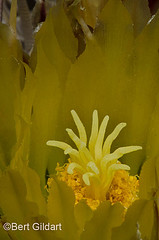

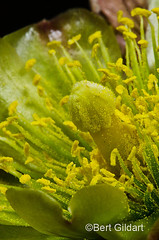
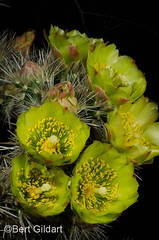
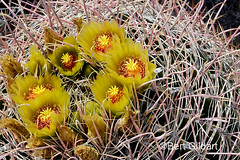

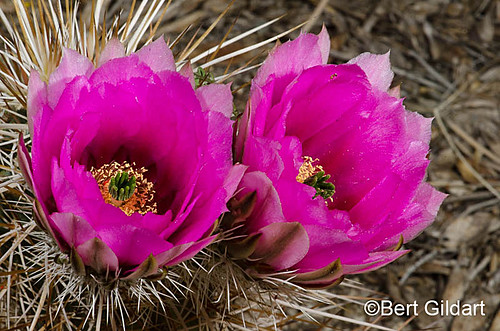


March 31st, 2016 at 8:12 pm
All of the photos are stunning. I am looking forward to seeing the desert agaves in bloom. The blooms were limited on the Moonlight Canyon Trail at Agua Caliente as well.
The wildflowers are in bloom along the San Elijo Nature Conservancy trail in Solana Beach.